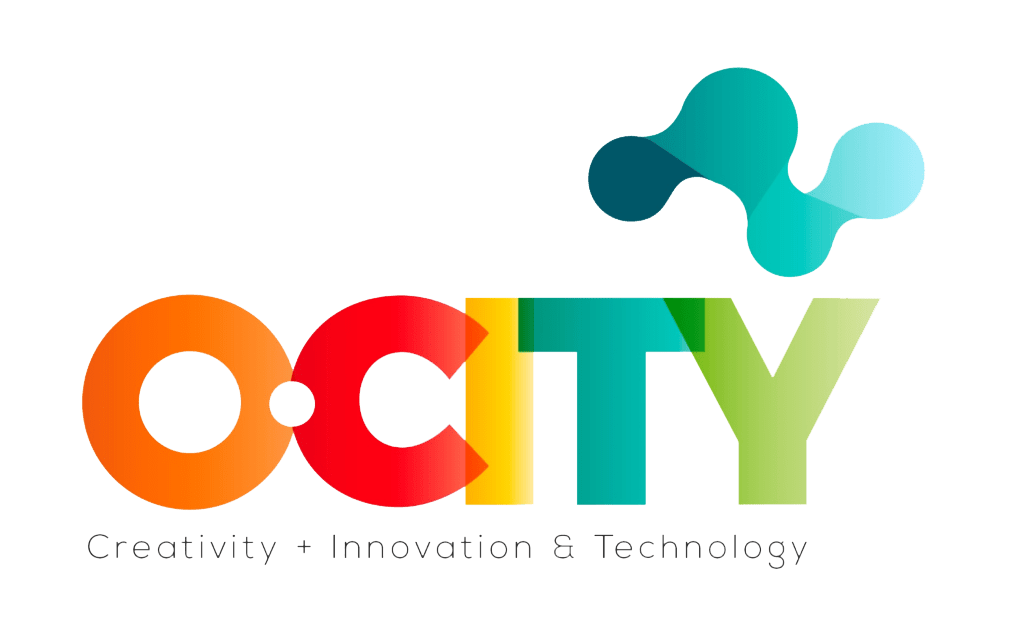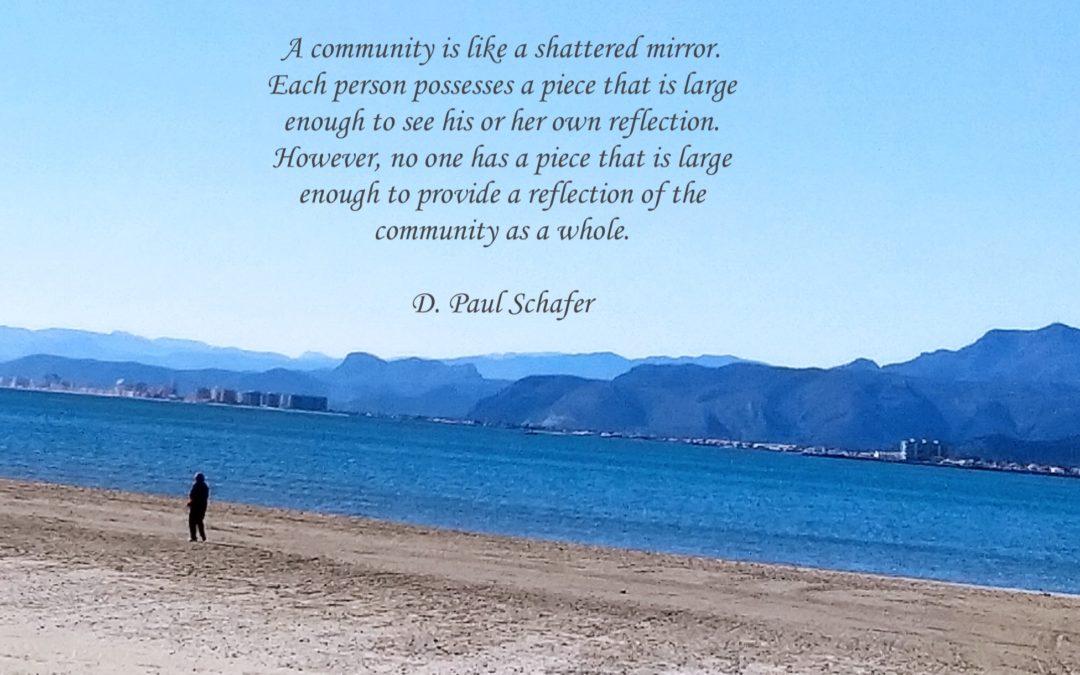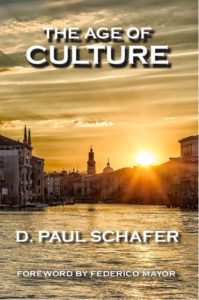Communities are fascinating places. Ranging all the way from cherished villages and charming towns to colossal cities, they are filled with endless panoramas of sights, sounds, textures, tastes, aromas, architectural masterpieces, favourite haunts and hideaways, people and institutions of many different types, and numerous opportunities for stimulating experiences and unexpected delights.
And yet, how often do you take the time or make the effort to get intimately acquainted with our communities in this way? Do we assume too much but explore too little?
A number of projects and organizations have been created recently that are designed to address this problem and expand people’s knowledge, awareness, and appreciation of their communities in breadth and depth. Two of the most captivating and successful projects and organizations in this regard are the O-City Project in European Union (EU), and Reconnecting With Your Culture (RWYC) in Italy and South America. Both are expanding rapidly in many different parts of the world in response to the escalating demand for their services, programs, platforms, and expertise in this particular area.
I am proud that these activities are being inspired, complemented, and enhanced by an article closely related to this – The Culturescape: Self Awareness of Communities –that was written by me for publication in UNESCO’s journal Cultures in English, Spanish, and French some time ago. According to this work, communities are like “shattered mirrors” where every person possesses a piece that is large enough to see his or her own reflection, but “no one has a piece that is large enough to see the reflection of the community as a whole.”
The culturescape is a tool that makes it possible for people to put the shattered mirror of their communities back together again by bringing things together rather than splitting them apart.
This can be achieved by creating sensory profiles of communities’ sights, sounds, textures, tastes, aromas, and landscapes, producing itineraries, walks, maps, actual and virtual tours, drawings, and so forth, and possibly creating “culturescape centres” where citizens can contribute their ideas, stories, oral and written histories, objects and artefacts, and other memorabilia; construct miniature replicas of their communities; and especially participate actively in the planning and development of their communities by working in close cooperation with architects, town planners, developers, educational institutions, and municipal governments.
In order to create and choreograph community culturescapes, a variety of contemporary and digital technologies can and are being used, as demonstrated effectively in the case of the O-City Project by using a wide variety of multimedia devices as well as innovative learning methodologies, specifically designed educational courses, skilled teachers and animators, and creative administrators. In this way, it is possible to piece together community culturescapes that engage citizens from many diverse cultural backgrounds and walks of life in this process. Not only does this achieve a great deal in terms of recognition of the unique features and distinct characteristics of communities – many of which are indigenous rather than imitative or inherited from somewhere else – but also it ensures that there is much more citizen participation in the development of all aspects of community cultural life.



